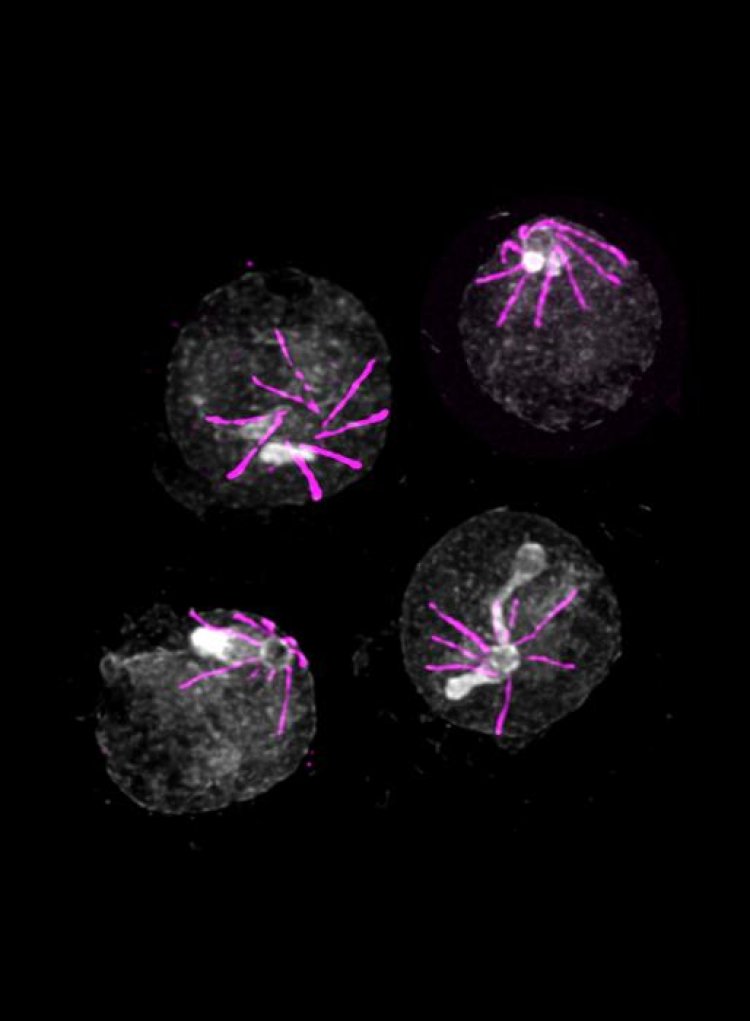Study finds molecular sensor that allows malaria parasite to cause harm

Washington, US: Researchers have discovered a novel molecular sensor that allows the malaria parasite to infect human cells or mosquitos at precisely the right time
The study was published in Journal,' Science Advances.'
Malaria remains a significant public health problem, particularly in Sub-Saharan Africa, with nearly 250 million cases per year, 621,000 of which are fatal. Malaria is a parasitic disease spread by mosquitos and caused by the Plasmodium genus microbe.
Plasmodium must adapt to the specificities of the many organs and cells it parasitizes on its journey from mosquito to human. Microbes do not have sensory organs; instead, they use protein sensors to detect molecules specific to the environments in which they live. Plasmodium is an exception to the rule that most living organisms have the same types of sensors. University of Geneva (UNIGE) biologists have discovered a new type of sensor that allows Plasmodium to know exactly where it is and what to do.
When a Plasmodium-infected mosquito bites a human, the parasite enters the bloodstream and travels to the liver, thriving for about ten days without causing any symptoms. Plasmodium then re-enters the bloodstream, where it parasitizes red blood cells. The parasites multiply in a synchronised 48-hour cycle once inside the red blood cells. The newly formed parasites leave their host red blood cells at the end of each multiplication cycle, destroying them and infecting new ones. The waves of fever">fever associated with malaria are caused by the destruction of red blood cells. Malaria is associated with blood vessel obstruction caused by infected red blood cells in severe cases.
When a mosquito bites a human whose blood is infected with Plasmodium, the parasite changes its development program to colonize the intestine of its new host. After a further period of multiplication, Plasmodium returns to the mosquito's salivary glands, ready to infect a new human.
Unknown communication channels
From the warmth of the red blood cell to the depths of the mosquito's intestine via the liver, how does Plasmodium perceive changes in its environment in order to change its development program? "Understanding this very specific biological mechanism is an important step towards countering the parasite," said Mathieu Brochet, associate professor in the Department of Microbiology and Molecular Medicine at the UNIGE Faculty of Medicine, who led this project, adding, "At each stage of its life cycle, the parasite must logically pick up signals that enable it to react correctly, but which ones and how?"
Small molecules are absent in the blood but present in the mosquito that the parasite can detect. "Starting from this single known element, we have identified a sensor that enables the parasite to detect the presence of these molecules when it is ingested by a mosquito," said Ronja Kuhnel and Emma Ganga, PhD students in Mathieu Brochet's laboratory and first authors of this study, adding, "This sensor is made up of five proteins. In its absence, the parasite does not realize that it has left the bloodstream for the mosquito, and is, therefore, unable to continue its development".
Surprisingly, this sensor is also present at other stages of the parasite lifecycle, notably when the parasite has to leave the red blood cell. However, scientists have not identified the human molecules detected by the parasite; identifying them could provide a better understanding of how waves of fever">fever are caused by Plasmodium.
Other parasites also involved
The protein complex discovered here is absent in humans but is found in the entire family of apicomplexan parasites to which Plasmodium belongs, as well as Toxoplasma, the agent of toxoplasmosis. By identifying this sensor, scientists can now imagine how to scramble the signals perceived by the parasite at different stages of its development, thus disorienting it and blocking its multiplication and transmission.















































